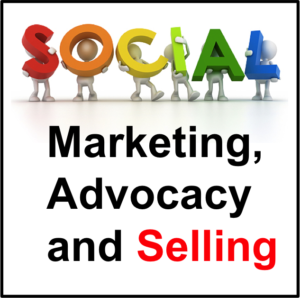
Blog
Artificial Intelligence for Technology Marketers – Part 4: How to Integrate AI into Your Marketing Stack


In the third post in our series “Artificial Intelligence for Technology Marketers,” we looked at how AI is being used in B2B marketing. This post discusses what you should consider when integrating AI into your marketing stack.
Marketing technology stacks are the foundation upon which much of our marketing success is built. You have likely spent a great deal of time choosing and integrating the right solutions for your unique business goals, challenges, and IT environment. Now that AI is becoming part of the marketer’s tool kit, how does it fit in to your tech stack? To answer that question, you need to answer other questions. For example:
- How much of the marketing tech is within the organization versus shared with external partners such as agencies?
- What is your current model for technical support? Who will you turn to (vendors, technical contractors/solution specialists, or in-house tech pros) to make everything work together?
- How comfortable is your company with integrating new and evolving technology into its stack; for example, beacons and other “things” in the Internet of Things or digital signage? If you are already an old pro at new tech, chances are AI will fit in just fine.
Answers to these questions will help you assess your company’s readiness to tackle new technology such as AI. When integrating any new technology into your stack, you generally have four options:
- Purchase an all-in-one marketing suite where applications (including those driven by AI) are integrated out of the box. While this seems like the simplest solution, if you have point products, you are likely going to run into trouble. “Trying to mix your best-of-breed and fully integrated solutions can be a logistical nightmare, especially when you consider the work that must be done to make the resulting suite functional across all channels. The result is so complex that it loses much of its utility.”1
- Hire a vendor or use a service to connect disparate apps and services and integrate new AI-fueled apps. For example, Integrated Platform-as-a-Service solutions such as Zapier are easy to use and support thousands of apps.
- Do it in-house if you have the technical talent and time.
- Buy a ready-made AI Platform to slot into the stack. “This AI platform must also be able to integrate with every other piece of your tech stack, using information from your central repository to target users with the right campaigns.”2
So the good news is that you have plenty of approaches to meet your organization’s unique needs, and it is not more difficult to integrate AI tech than any other marketing technology into your stack. Next up in our blog series is a post on the future of AI in Marketing.
About the author
Kim Ann King is the author of “The Complete Guide to B2B Marketing: New Tools, Tactics, and Techniques to Succeed in the Digital Economy.” She has helped launch and build several pioneering Internet companies and writes frequently about artificial intelligence, marketing technology, e-commerce, and cybersecurity.
1 “Artificial Intelligence Marketing: Where does artificial intelligence fit in your marketing stack?” https://albert.ai/wp-content/uploads/2017/03/AlbertWhitepaper_3.pdf
2 IBID.


